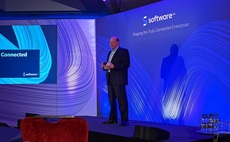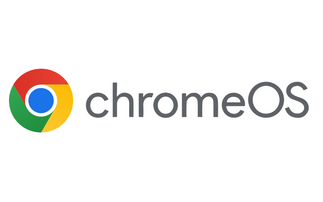F1 team to use same systems as Japanese parent to speed design
Honda races ahead with new systems The Honda Racing Formula One (F1) Team is overhauling the technology used to design its racing car to ensure compatibility with systems used by its Japanese par...
To continue reading this article...
Join Computing
- Unlimited access to real-time news, analysis and opinion from the technology industry
- Receive important and breaking news in our daily newsletter
- Be the first to hear about our events and awards programmes
- Join live member only interviews with IT leaders at the ‘IT Lounge’; your chance to ask your burning tech questions and have them answered
- Access to the Computing Delta hub providing market intelligence and research
- Receive our members-only newsletter with exclusive opinion pieces from senior IT Leaders


















